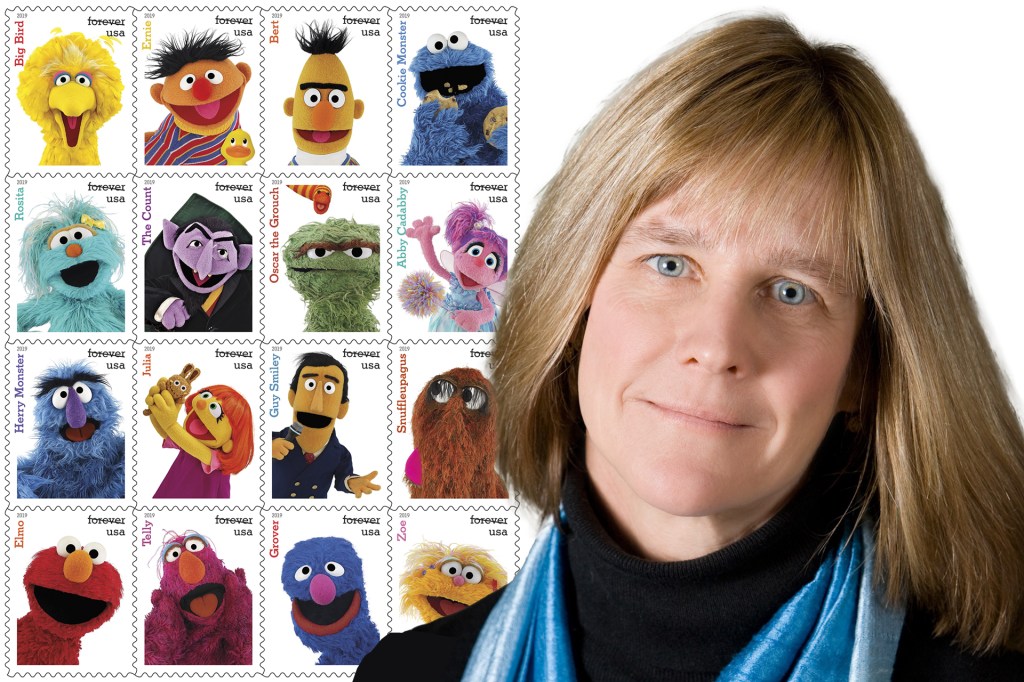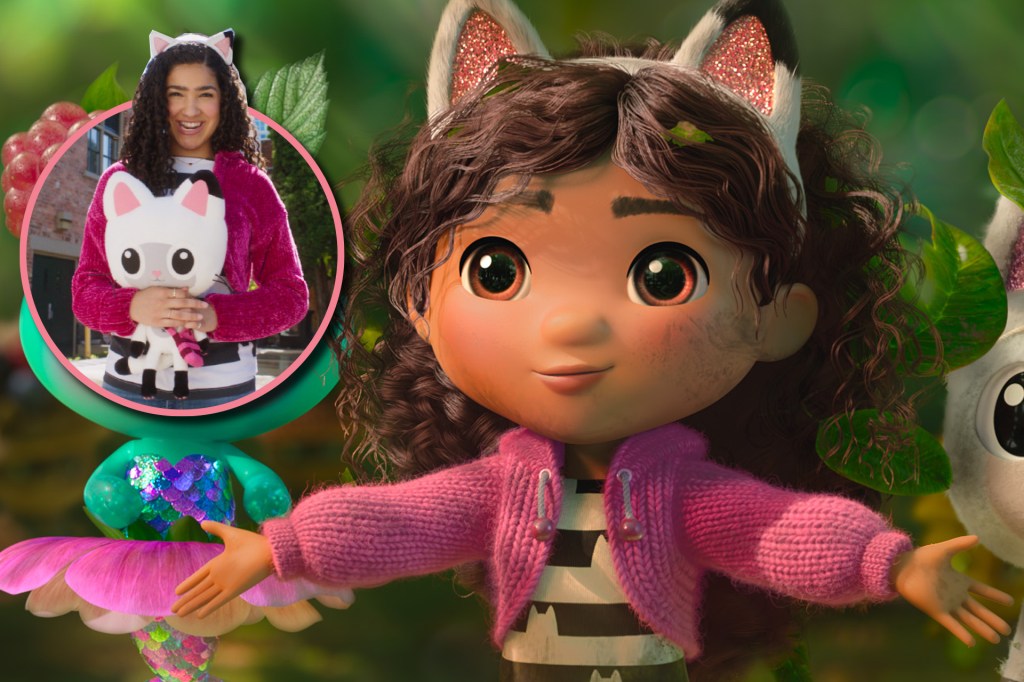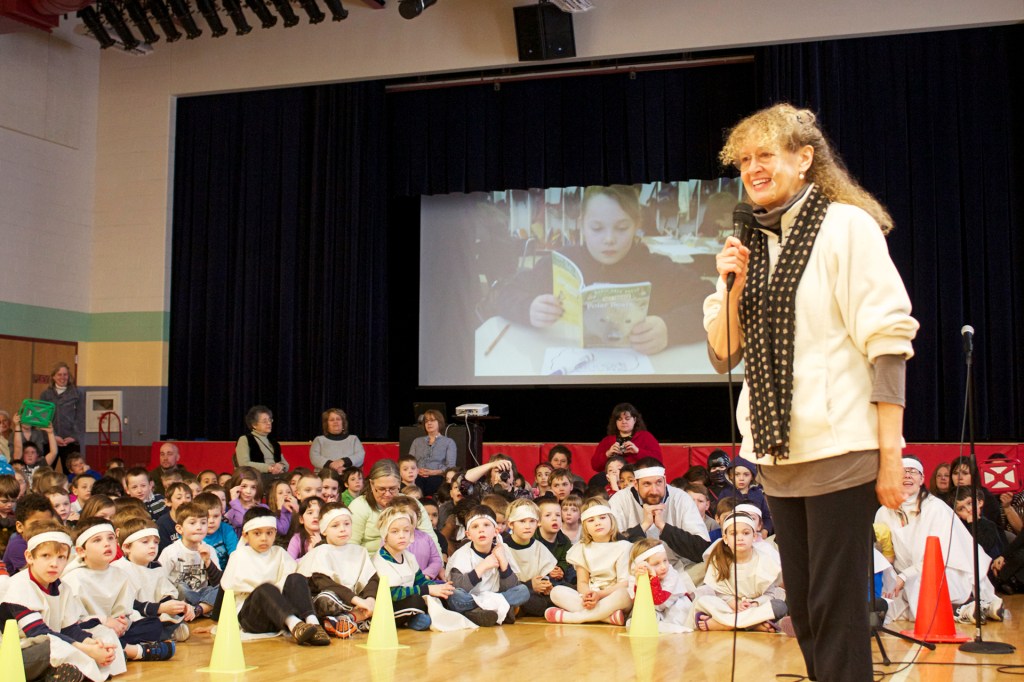
A basketball court is an odd place to dance ballet—or for a star ballerina to be discovered. But it was on a court at a Boys and Girls Club in San Pedro, California, that Misty Copeland took her first ballet class. She was 13 years old.
Copeland's mother raised her and her five siblings. They moved many times and didn't have much money. "It was a free class," Copeland told TFK. "It was the first time I had those opportunities presented to me."
Cynthia Bradley, a ballet teacher, wanted to reach out to young people who might not otherwise have a chance to study classical ballet. "Ballet sparked this new way of looking at things," says Copeland.
Now Copeland, 33, is helping others see classical dance and ballet dancers in a new way. She is one of the first African Americans to become a principal dancer at a leading international ballet company. She is inspiring others to follow in her graceful footsteps.
Rising to Stardom
The age of 13 is late for a dancer to begin. But Bradley encouraged Copeland. At 17, Copeland took part in a special program with the American Ballet Theatre (ABT), one of the world's top ballet companies.
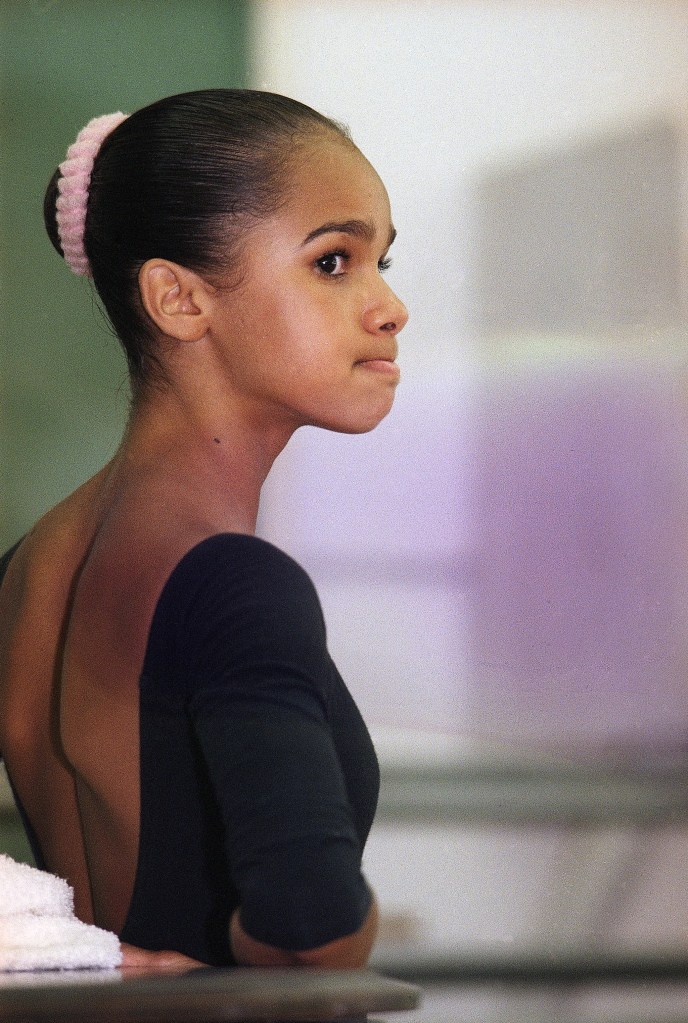
Misty Copeland at age 15
KEVIN KARZIN—APBreaking Boundaries
At ABT, Copeland's muscular body type and skin color stood out. She was the only African-American woman in a company of 80 dancers. "For so many generations, ballerinas have been seen as these very frail, thin white women," she says. Copeland is proud to break the mold. "You can be who you are," she says. "You don't have to look like the person next to you."
For years, Copeland paid her dues in small roles at ABT. She bounced back after a serious injury in 2012. On June 30, 2015, she became the first African-American woman in ABT's 75-year history to be principal dancer.
Copeland has appeared on Broadway and written books. But her work to help young dancers find their way remains center stage (see "Dancer's Dreams"). "A part of human nature is passing down all the things that you've learned," she says. "That's how you make the world better."
Dancer's Dreams
Misty Copeland spends a lot of time mentoring young dancers. In her book Firebird, she imagines a conversation with one. "I feel it's important for children to experience being part of the arts," she says. Copeland wants to make sure that knowledge is available to kids of all backgrounds. With ABT, she helped start Project Plié. Through various ballet companies and the Boys and Girls Clubs of America, the program offers top ballet training in communities where that training has not been available.
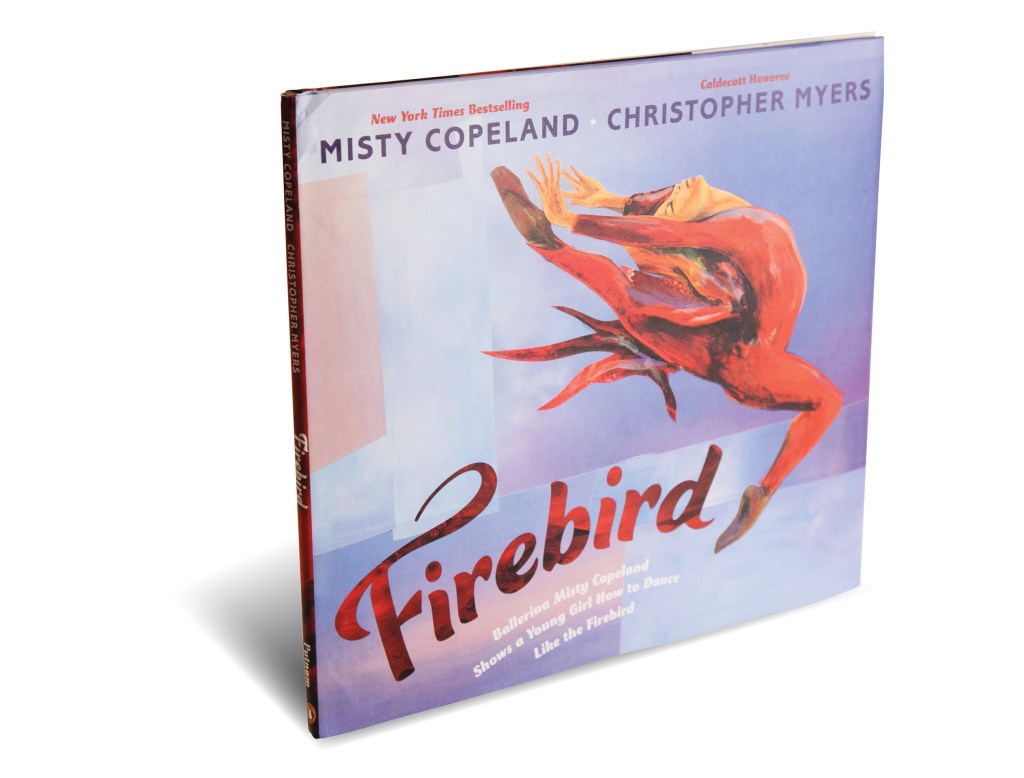
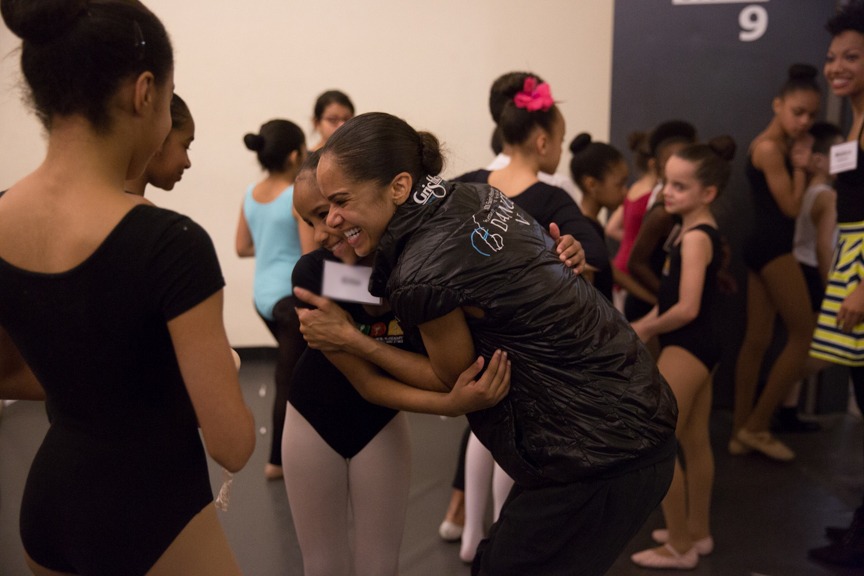
Misty Copeland hopes Project Plié will help pave the way for other young dancers.
ROSALIE O’CONNOR—AMERICAN BALLET THEATREPresident Barack Obama selected Copeland to serve on his Turnaround Arts program, which uses the arts to help kids do better in school. Last November, Copeland traveled to Rwanda, in Africa, to help a group called MindLeaps start a dance program for girls. Brava!






